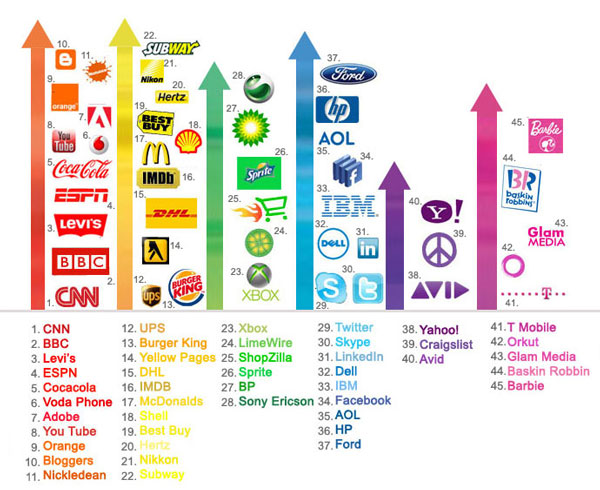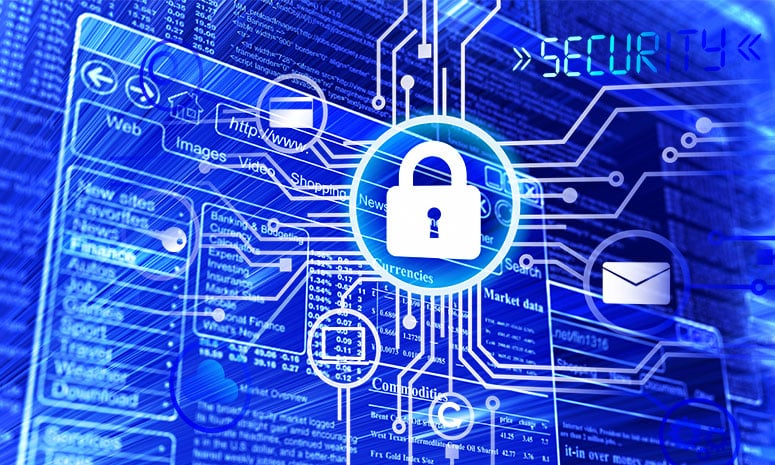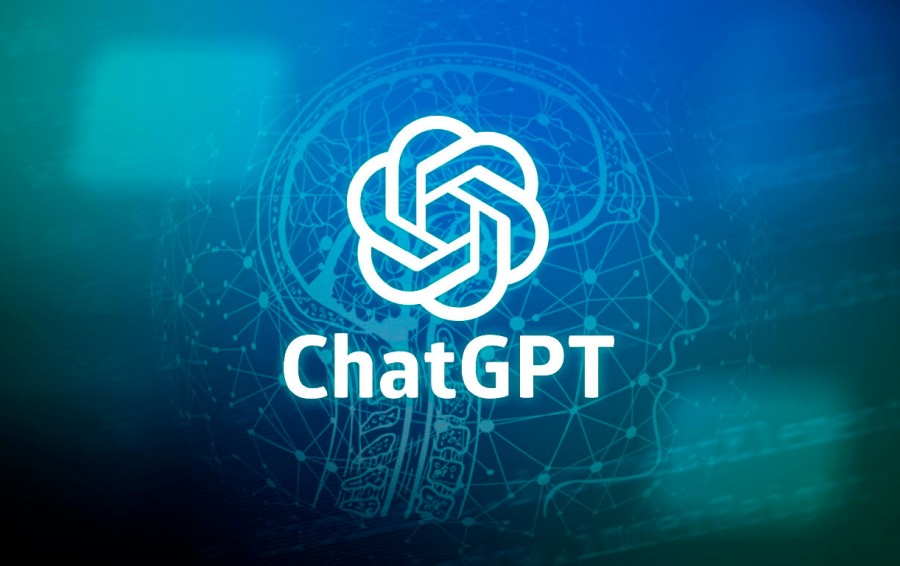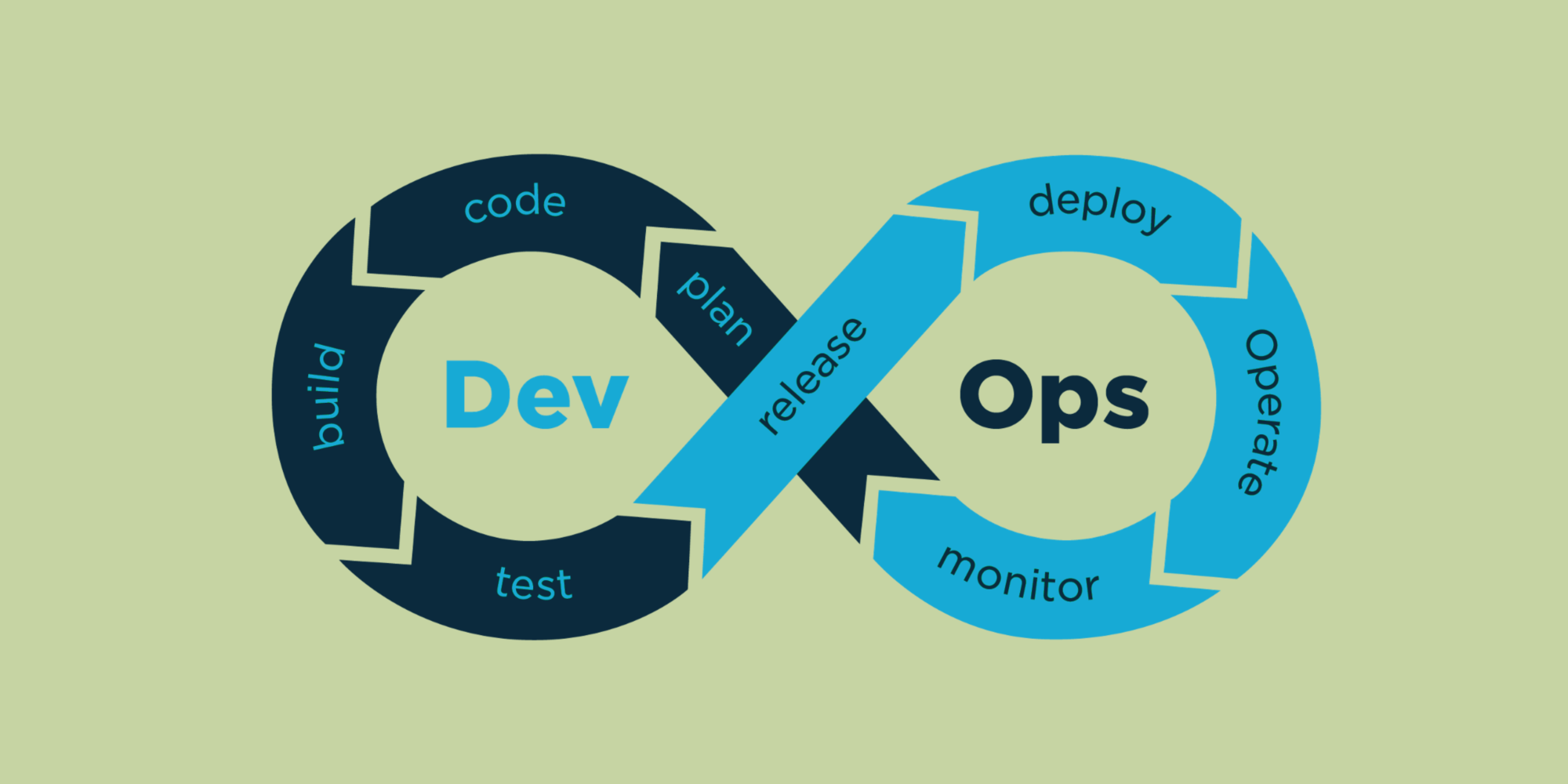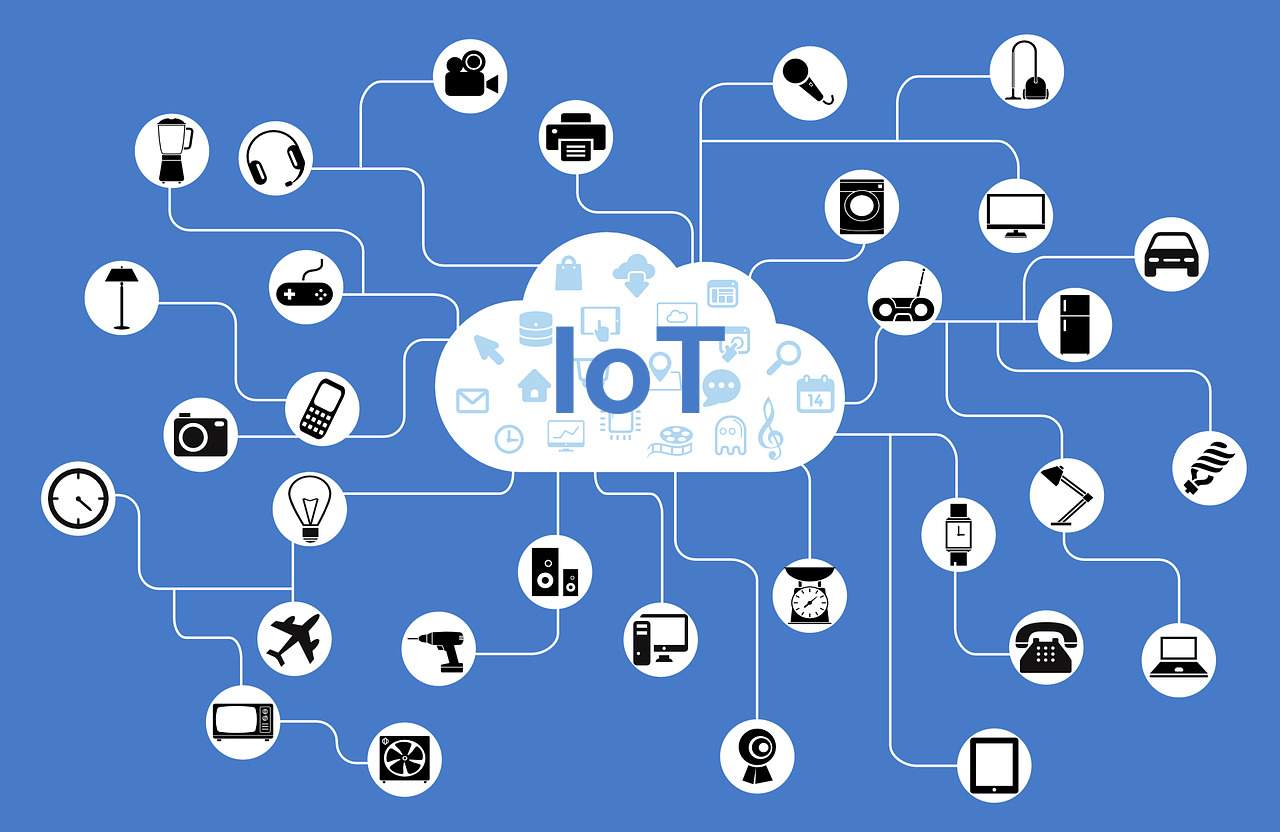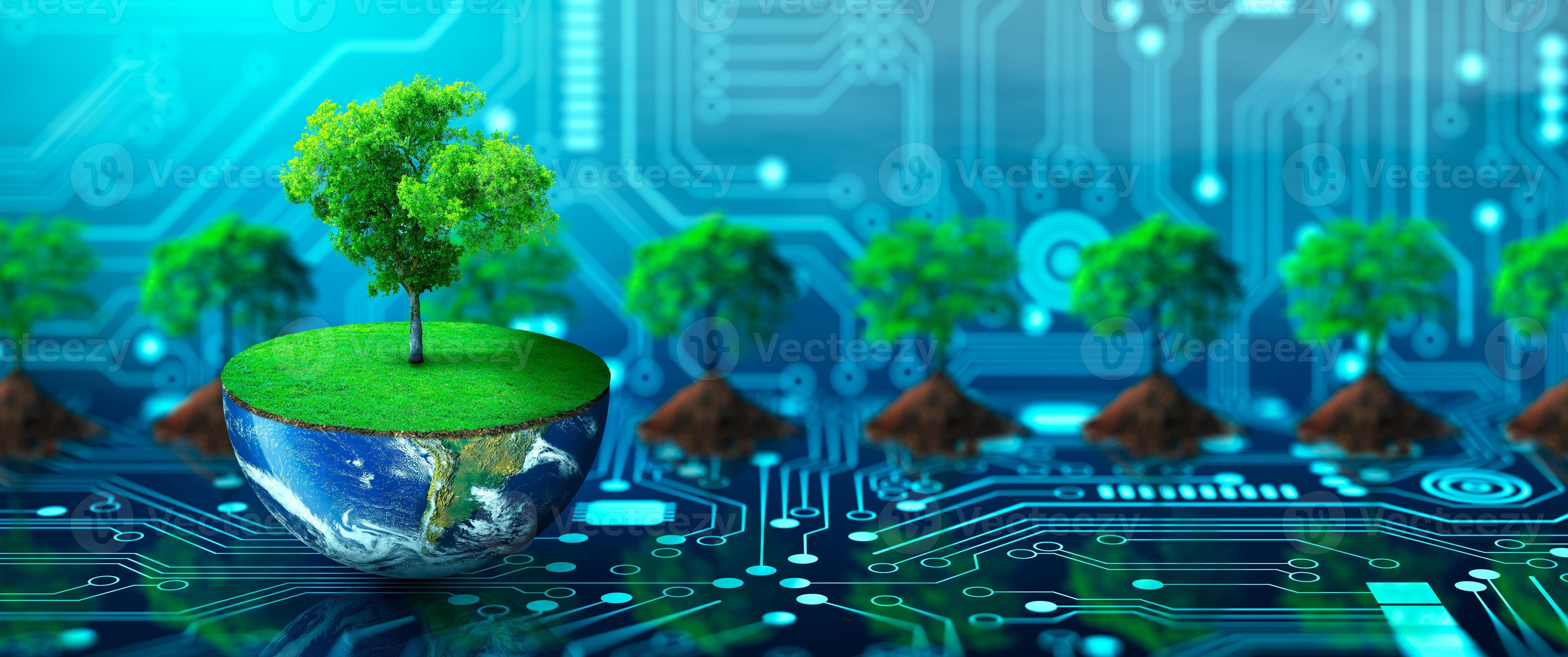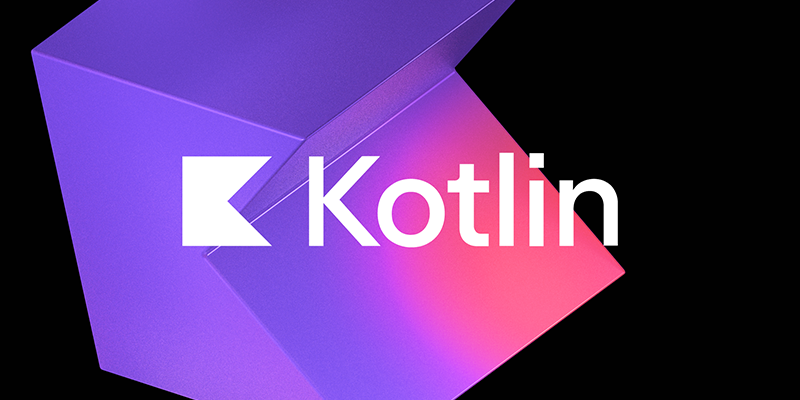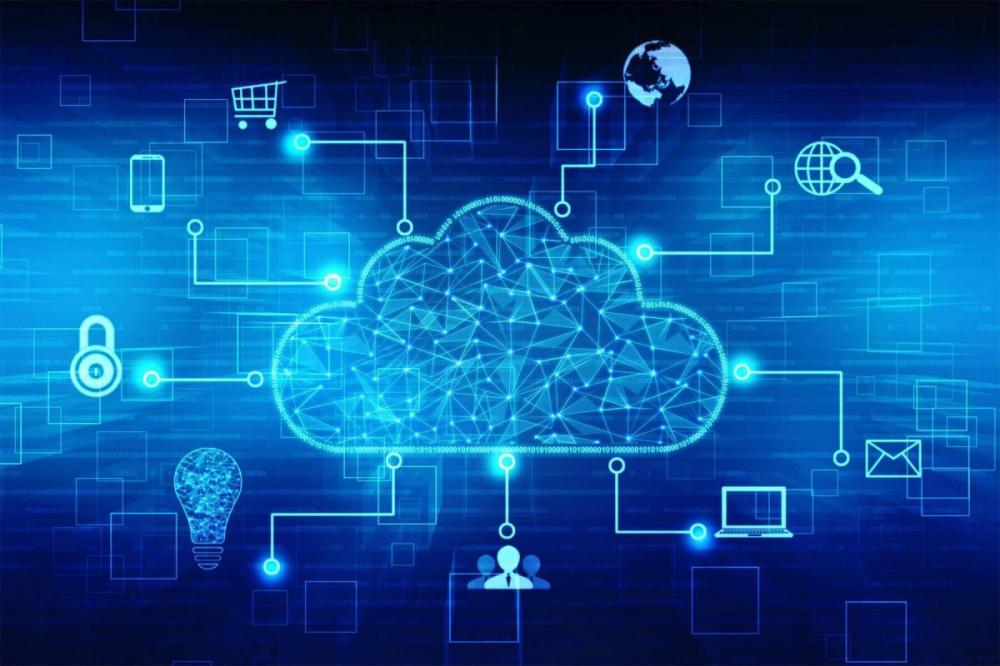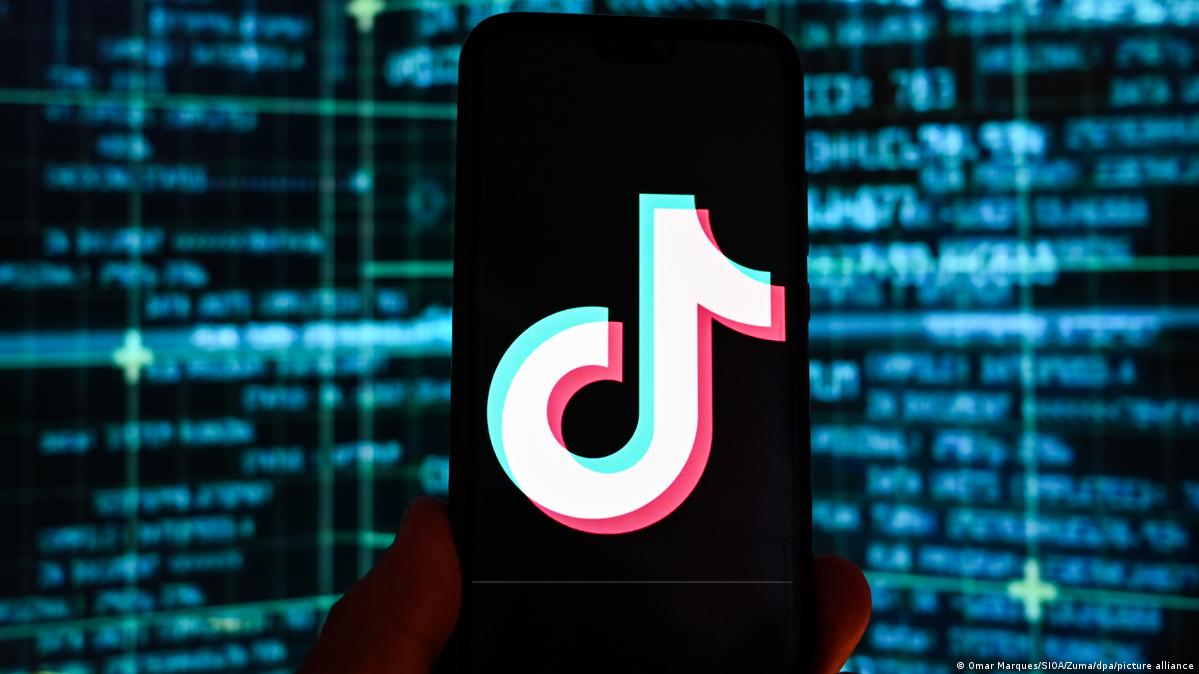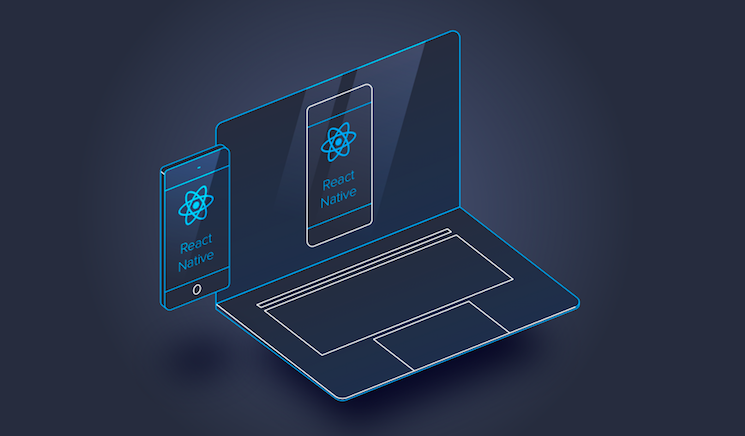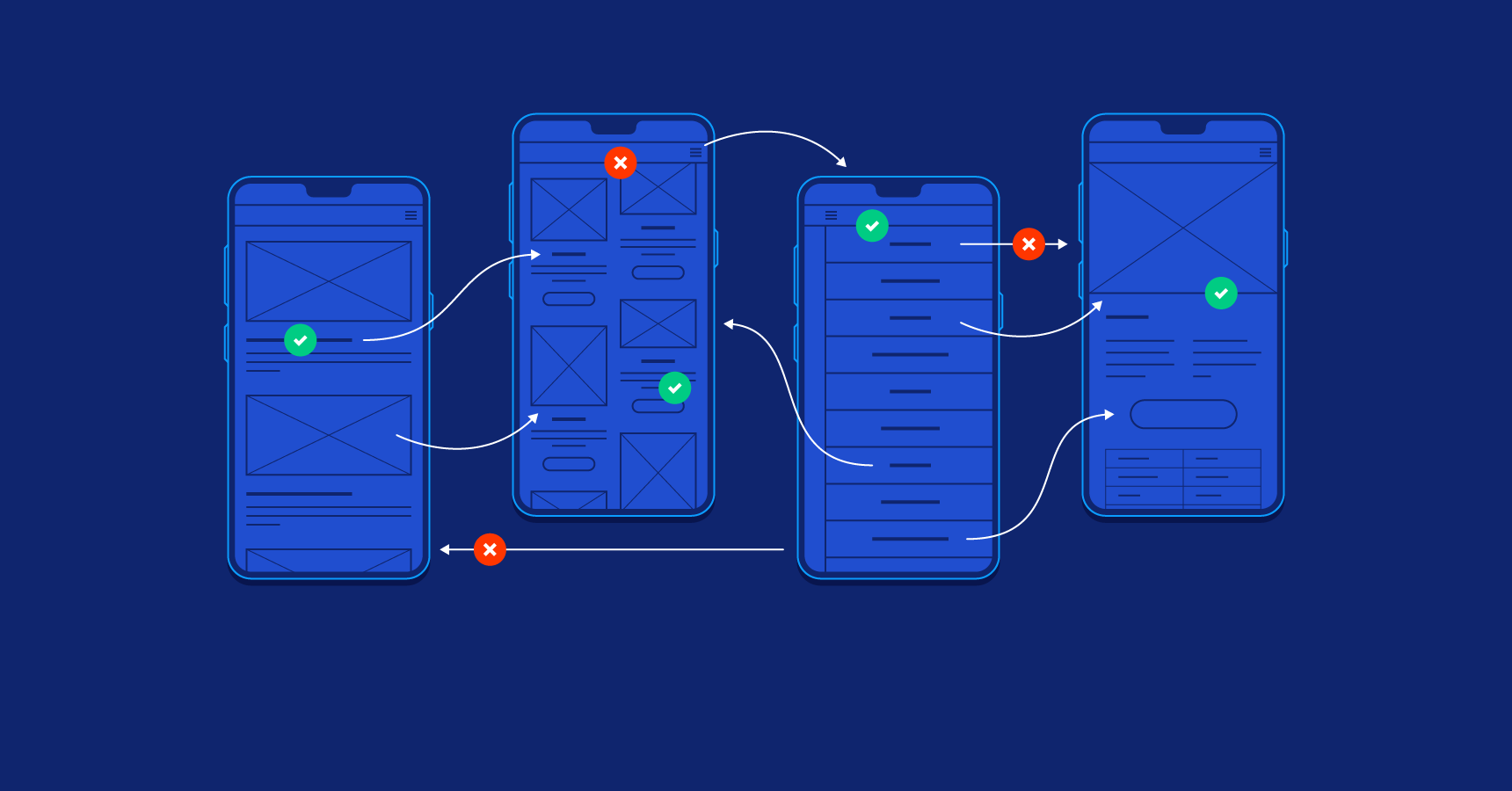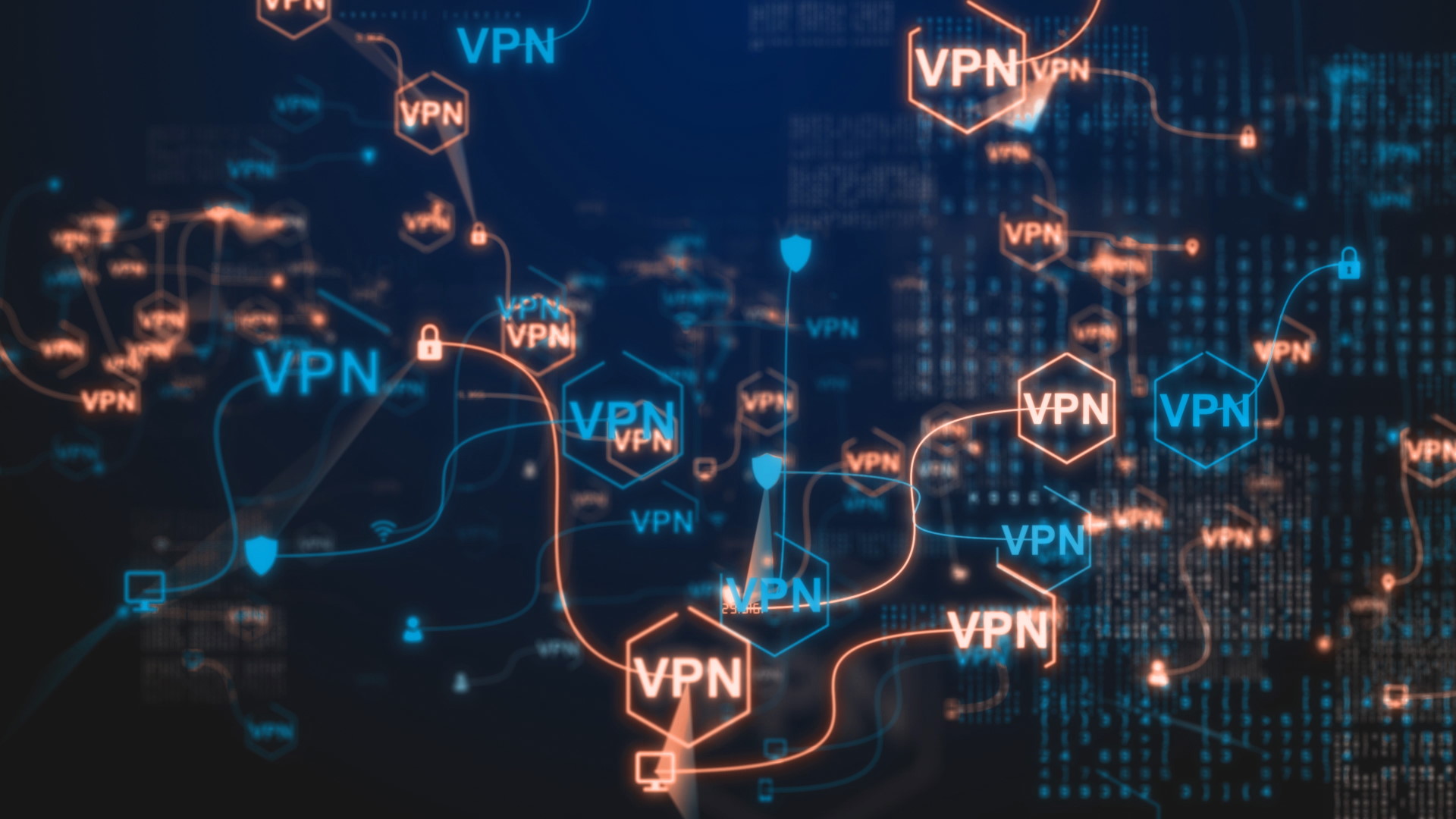What is 5G?
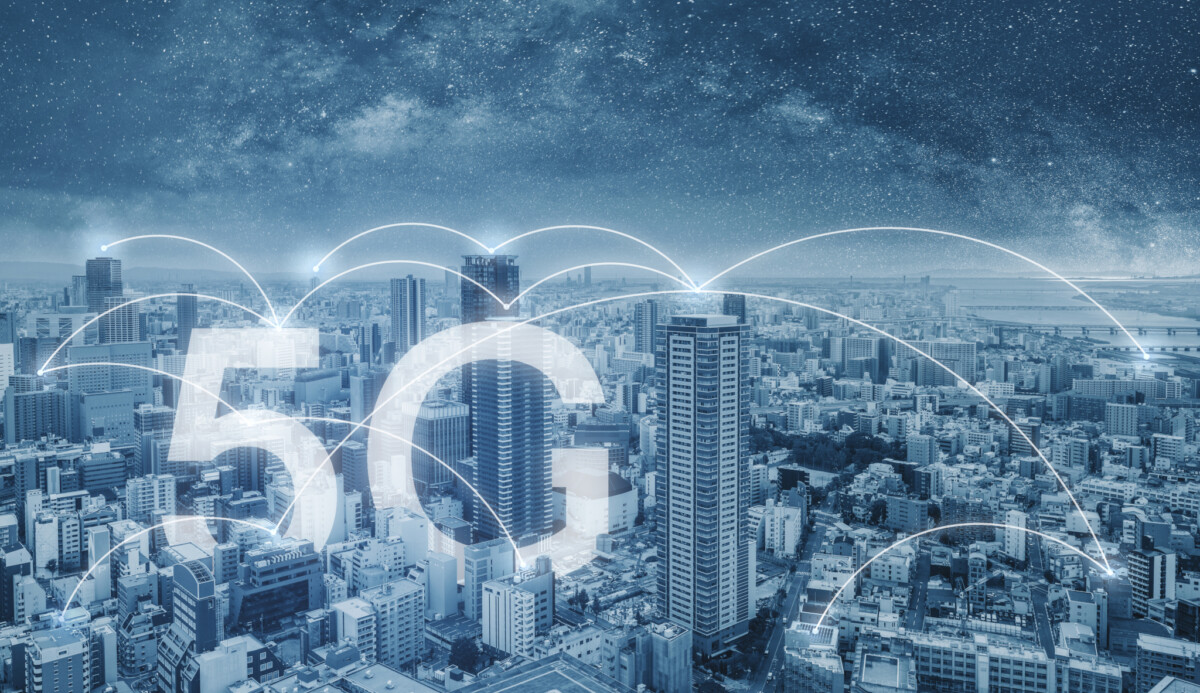
Since the advent of the first 1G networks in the 1980s, we have made significant progress to the current 5G networks. While 5G is just beginning to become widely adopted, active research and discussions are already underway regarding the next generation of mobile networks — 6G.
What is 5G?
5G (fifth generation) is the fifth generation of mobile communication technology, offering higher data transmission speeds, greater capacity, low latency, and the ability to connect a large number of devices. The advantages of this technology include:
- High Speed: 5G promises data transmission speeds of up to 10 Gbps, which is 100 times faster than 4G. This opens up new possibilities for streaming video, online gaming, and other bandwidth-intensive applications.
- Low Latency: The latency in 5G networks is only 1 millisecond, which is crucial for real-time applications such as autonomous vehicles and remote surgery.
- Massive Connectivity: 5G can support up to one million devices per square kilometer, making it ideal for the Internet of Things (IoT).
The significance of 5G technology today is immense. With the development of AI concepts, the Internet of Things, and automation, we are witnessing an increase in the amount of data generated. As data volumes grow, the load on the network also increases. 5G is designed to handle this load effectively.
5G can be applied in many fields, both domestic and professional: large enterprises, payment systems, the automotive industry, and others. The concept of the Internet of Things is rapidly evolving alongside 5G technology. With 5G, it's possible to connect a vast number of devices and collect data from them. Using sensors or cameras, enormous amounts of information can be gathered, analyzed, and utilized effectively thanks to 5G.
- Healthcare: High speed and low latency of 5G enable real-time remote medical consultations and diagnostics. 5G also opens up possibilities for remote surgeries, where a surgeon can control robotic tools with minimal delay from a different location.
- Education: This technology can enhance distance learning, improving the quality of video conferences and enabling interactive lessons using VR and AR technologies. Fast data transmission and low latency allow for more complex and interactive learning materials in real time.
- Entertainment and Media: The high bandwidth of 5G allows for the streaming of 4K and 8K video without delays and buffering. At the same time, 5G networks provide the necessary speed and low latency for working with VR and AR content, creating a more immersive and realistic experience.
However, the deployment of 5G faces several challenges. First, significant infrastructure upgrades are required, including the installation of new base stations. Second, the high frequency of 5G waves limits their range and ability to penetrate buildings, necessitating the installation of a larger number of antennas.
In the IT field, work is also underway on 6G, the sixth generation network, which will be much faster than the existing technology. Although 6G is currently in the research and development stage, commercial deployment is planned for around 2030.
In conclusion, while the adoption of 5G comes with certain challenges, this technology is fundamental to the development of infrastructure and technologies as well as the concept of the Internet of Things.







